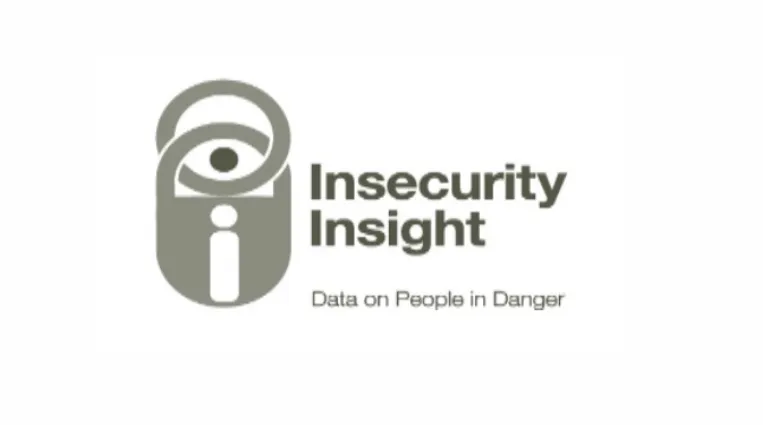Myanmar: Violence Against Health Care in Conflict 2023
08 September 2024


In 2023, the Safeguarding Health in Conflict Coalition (SHCC) documented 2,562 incidents of violence against or obstruction of health care in conflicts across 30 countries or regions within countries, or territories – over 500 more than in 2022, which constitutes a 25% increase. The increase was in part a product of intense and persistent violence against health care in the occupied Palestinian territory (oPt), Myanmar, Sudan, and Ukraine. On average, health care was attacked seven times every day, and these attacks took place at a time when tens of millions of people in conflict-affected countries were already suffering from
war, massive displacement, and staggering deprivation of food and other basic needs.
OVERVIEW
During 2023, health facilities were bombed, looted, occupied, raided, and vandalized. Safe staffing levels continued to be severely undermined with the killing, kidnapping, and arrest of health workers. Medical supplies and convoys continued to be looted and hijacked, while patients continued to be obstructed from accessing health care services. Health facilities were increasingly occupied or repurposed for military use, and the areas around health facilities were bombed. Nearly half of the reported incidents were attributed to state forces. Explosive weapons use impacting health care increased in Israel, the oPt, Myanmar, Somalia, Sudan, and Syria and continued in Ukraine in 2023. Drones armed with explosives were more frequently used in attacks on health care in 2023 in both new and long-standing conflicts in Ethiopia, Burkina Faso, Lebanon, Myanmar, the oPt, Sudan, Syria, Ukraine, and Yemen. Consistent and systematic monitoring over the past years has shown that conflicts where violence against health care becomes a consistent pattern frequently started with extreme levels of violence against the health system. In 2023, this pattern was apparent in Manipur state (India), the Gaza Strip, and Sudan, similar to what was observed in recent years in Myanmar and Ukraine.
This report includes detailed profiles of 20 countries and territories where many acts of violence against health care took place. These include Afghanistan, Burkina Faso, Cameroon, the Central African Republic (CAR), the Democratic Republic of the Congo (DRC), Ethiopia, Haiti, Israel, Mali, India (Manipur state only), Myanmar, Niger, Nigeria, the oPt, Somalia, South Sudan, Sudan, Syria, Ukraine, and Yemen. As in prior reports, the numbers given here are likely an undercount, because the collection of data on violence is impeded by insecurity, communications blockages, and the reluctance of entities to share data on violence. In many countries, the looting of health care facilities, threats to health personnel, and the obstruction of access to health care are so common that they are often not reported on a case- by-case basis, especially in West and Central Africa. Additionally, except in Afghanistan, the gendered impact of violence against health workers remains largely unreported, and here too, the reports likely represent a severe undercount of incidents.
Announcements
28 February 2025
Asian NGO Network on National Human Rights Institutions , CSO Working Group on Independent National Human Rights Institution (Burma/Myanmar)
Open letter: Removal of the membership of the dis-accredited Myanmar National Human Rights Commission from the Southeast Asia National Human Rights Institution Forum

Progressive Voice is a participatory rights-based policy research and advocacy organization rooted in civil society, that maintains strong networks and relationships with grassroots organizations and community-based organizations throughout Myanmar. It acts as a bridge to the international community and international policymakers by amplifying voices from the ground, and advocating for a rights-based policy narrative.